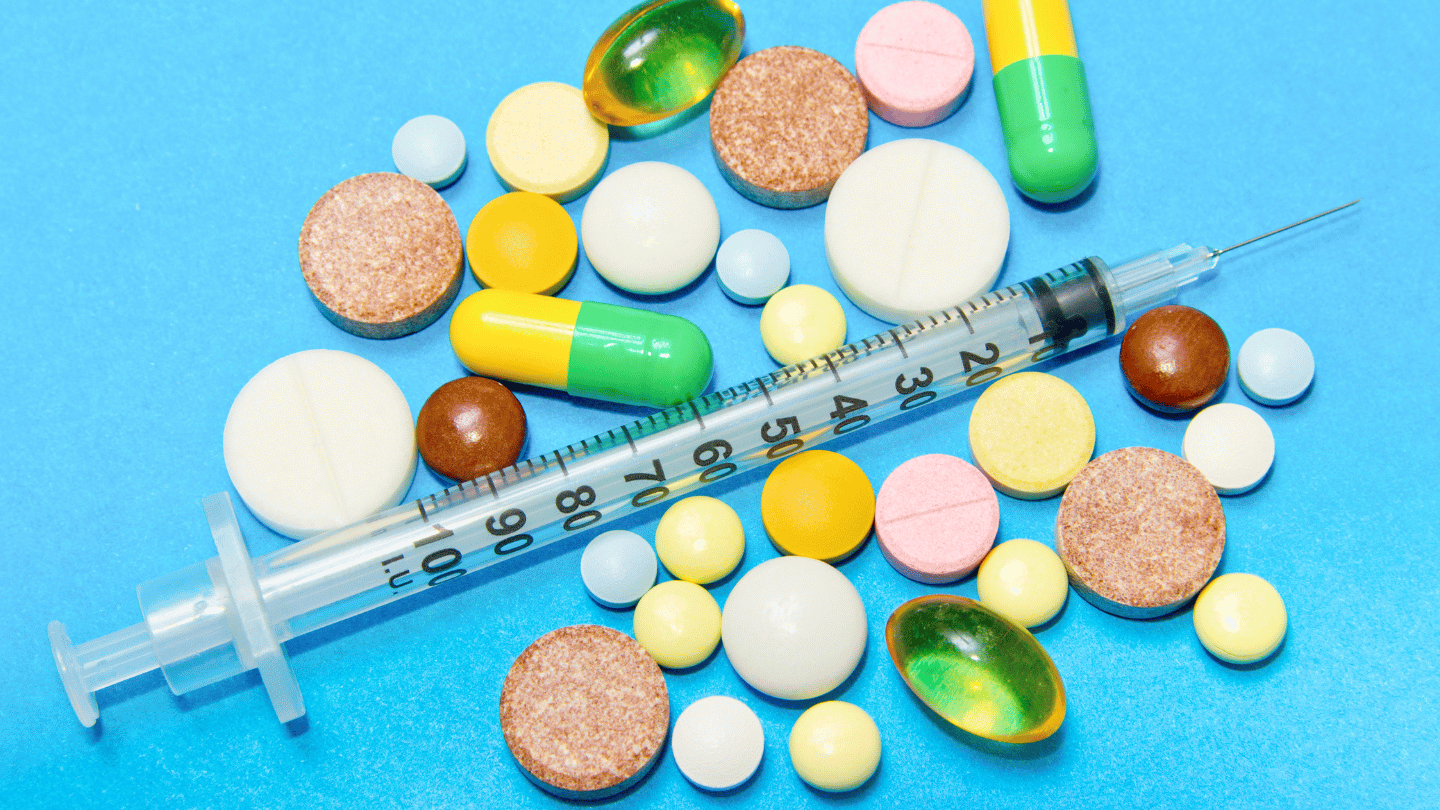When it comes to treating opioid addiction, Suboxone and Methadone are two of the most widely recognized medications. Both are effective, but they have distinct differences that can influence which treatment is best for an individual. Understanding the differences when it comes to Suboxone vs. Methadone can help patients and healthcare providers make informed decisions about the right path to recovery.
1. Composition and How They Work
Suboxone is a combination of buprenorphine (which partially activates opioid receptors) and naloxone (which blocks these receptors to prevent misuse). This mix helps reduce cravings and withdrawal symptoms while lowering the risk of abuse.
Methadone is a full opioid agonist, meaning it fully activates opioid receptors in the brain, reducing cravings and withdrawal symptoms. Because it works similarly to other opioids, it’s very effective but needs careful monitoring.
| Medication | Composition | How It Works |
| Suboxone | Buprenorphine + Naloxone | Partial activation + misuse prevention |
| Methadone | Methadone hydrochloride | Full activation of opioid receptors |
2. How You Get the Medication
Suboxone is convenient because it can be prescribed by a certified doctor and taken at home. This means fewer trips to a clinic and more flexibility in managing your treatment.
Methadone, however, is usually dispensed at specialized clinics. Most patients need to visit daily to receive their dose. While this structure provides more supervision, it can be less convenient, especially if you have a busy schedule.
3. Risk of Dependency and Misuse
Both medications carry some risk of dependency, but Suboxone is generally considered to have a lower risk of abuse due to the presence of naloxone, which discourages misuse.
Methadone has a higher potential for abuse because it’s a full opioid agonist. This is why it’s typically administered in a controlled setting like a clinic.
4. Side Effects and Safety
Suboxone generally has a lower risk of dangerous side effects, such as respiratory depression (a severe breathing issue). Common side effects might include headaches, nausea, or trouble sleeping.
Methadone carries a higher risk of overdose, especially if not taken exactly as prescribed. Its side effects can include sweating, constipation, and drowsiness. Because of this, patients on Methadone are closely monitored to ensure their safety.
5. Length of Treatment and Goals
Suboxone is often used for long-term maintenance or as a step-down treatment from Methadone. Patients can gradually taper off Suboxone over time with fewer withdrawal symptoms.
Methadone can be used for long-term maintenance as well or for detoxification. Some patients may stay on Methadone for many years, depending on their recovery needs.
How QuickMD Can Help You with Opioid Use Disorder
Choosing the right treatment for opioid addiction is an important step, and at QuickMD, we’re here to make the process as smooth and accessible as possible. Our telemedicine-based addiction services offer the flexibility and convenience you need to start your recovery from the comfort of your home.
Here’s how QuickMD’s process works:
- Truly Remote Care: With QuickMD, you can receive addiction treatment without ever needing to visit a clinic in person. Thanks to DEA regulations, our certified providers can prescribe buprenorphine (Suboxone) through telemedicine, whether you’re a new or existing patient. This means you can get started on your treatment right away, with a simple video or phone consultation.
- Affordable and Accessible: A QuickMD Medication for Opioid Use Disorder (MOUD) visit costs just $99 (medication cost not included). During this visit, one of our compassionate providers will discuss your treatment options and determine if Suboxone is the right choice for you.
- Convenient Prescriptions: If Suboxone is prescribed, your provider will send the prescription directly to the pharmacy of your choice. The cost of the medication will depend on your pharmacy and insurance coverage.
- Ongoing Support: For most patients, treatment can continue entirely through telemedicine. However, please be aware that some states require a yearly in-person visit to continue receiving addiction treatment via telemedicine. We’ll guide you through these requirements to ensure uninterrupted care.
At QuickMD, we’re committed to helping you achieve a healthier, addiction-free life in a way that fits your lifestyle.
Suboxone vs. Methadone: Final Thoughts
Both Suboxone and Methadone are powerful tools in the fight against opioid addiction, but they each have unique qualities. Understanding these differences can help you make an informed decision about which treatment is right for you.
If you’re ready to start your journey toward recovery, reach out to QuickMD today. Our friendly, supportive team is here to help you every step of the way.
Recovery is not only possible, but it’s also within your reach. With the right support, you can achieve the healthy, fulfilling life you deserve. Let QuickMD be your partner on this journey—because your health and well-being matter.














